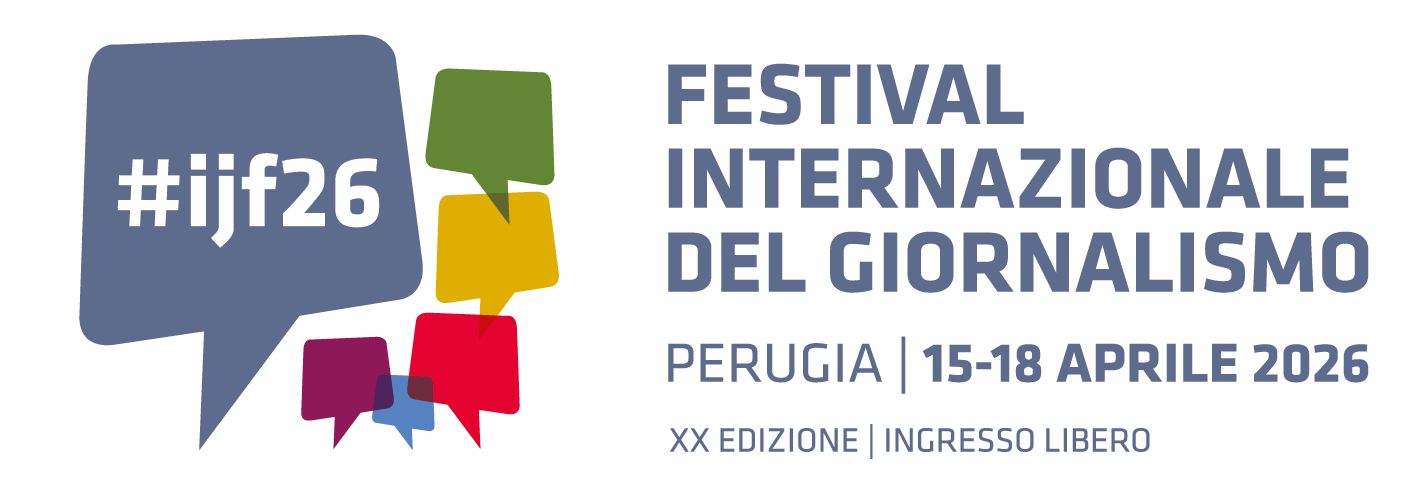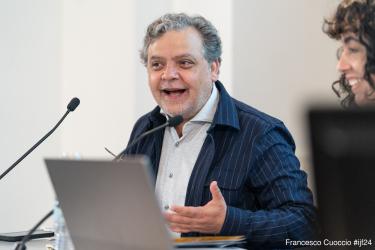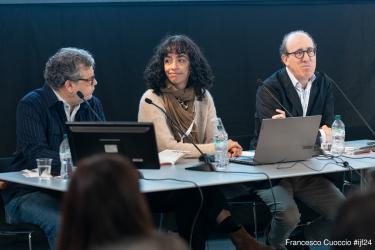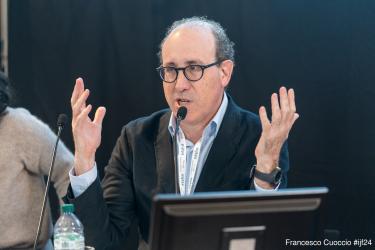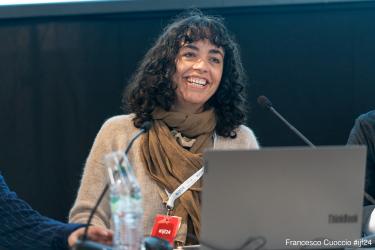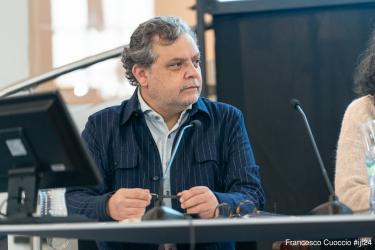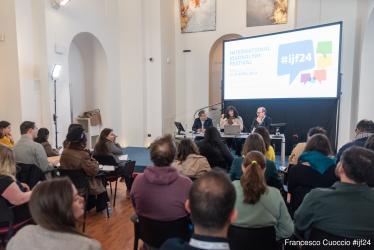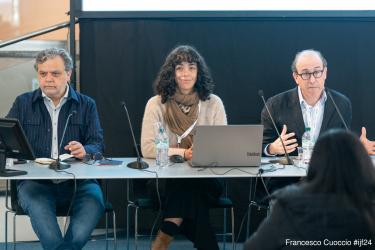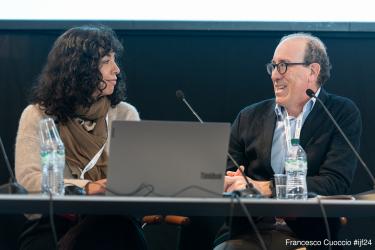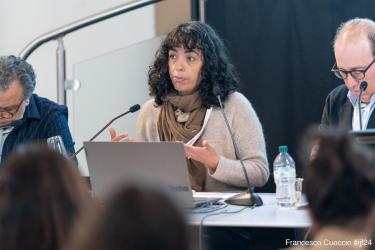Around the world, risks to journalists are rising while newsroom budgets are shrinking. Risk assessments are a simple and cost effective strategy that if universalized and incorporated into the assignment process can keep journalists safer. Risk assessments have gotten something of a bad rap, and understandably. No one liked the tedious forms that journalists were often required to fill out that seemed more like bureaucratic box ticking than a genuine effort to identify and mitigate threats. But a new generation of experts has revamped the approach, focusing on the relationship between editors and reporters. A risk assessment begins with a conversation about safety that can be part of every assignment, and can take many forms depending on the level of risk identified. The key is to build a partnership, develop trust, and create a culture of safety. Once the specific risk is identified there are a range of low-cost strategies developed by groups like ACOS, Freedom of the Press Foundation, the Committee to Protect Journalists and many others that can be used to mitigate threats ranging from online harassment to covering organized crime and civil unrest.
Moderated by Joel Simon.
